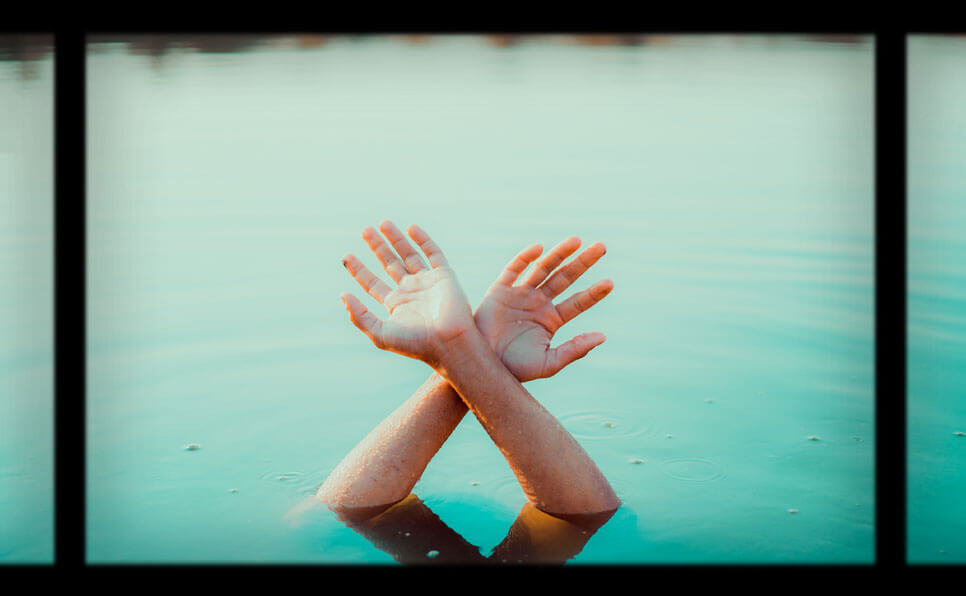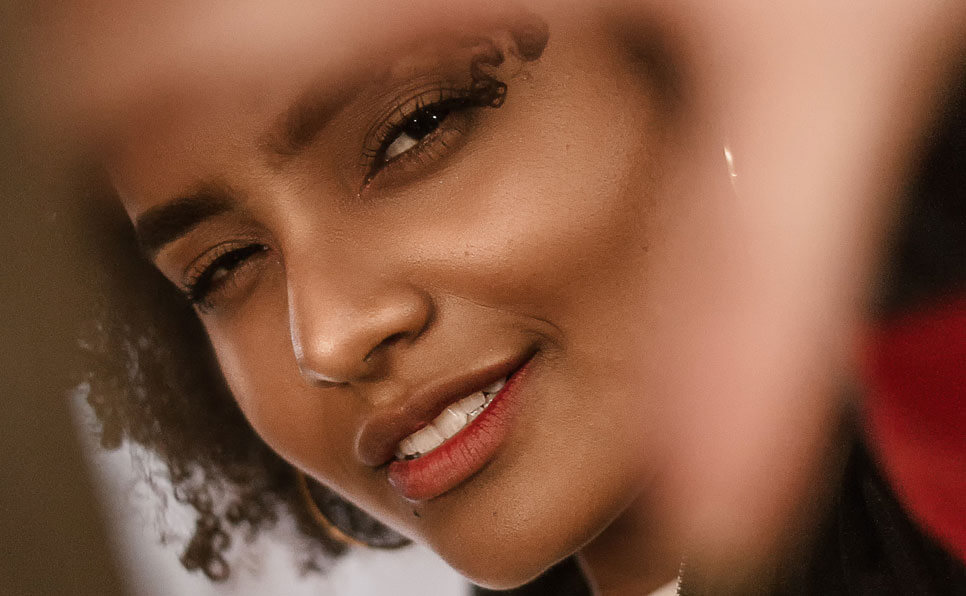Welcome back to our exploration of the art of color correction! In Part One, we covered the fundamentals – things like white balance, exposure, and basic contrast adjustments. Now, we’re diving deeper into the world of advanced techniques, exploring how to truly elevate your images and videos with precise color manipulation. Let’s get started.
Beyond the Basics: Refining Your Color Palette
In part one, we laid the groundwork. Now, we’re going to build on that foundation. This involves moving beyond global adjustments and focusing on specific color ranges within your image. This is where the real magic happens.
Think of your image as an orchestra. The basic adjustments are like tuning the instruments. Now, we’re going to conduct the orchestra, emphasizing certain sections, and creating a harmonious and balanced sound.
Secondary Color Correction: Targeting Specific Hues
Secondary color correction allows you to isolate and adjust specific colors without affecting the rest of the image. This is incredibly powerful for fine-tuning skin tones, enhancing skies, or making specific elements pop.
Hue vs. Saturation vs. Luminance (HSL): Understanding these three elements is key. Hue is the actual color (red, blue, green), Saturation is the intensity of the color, and Luminance is the brightness of the color.
Using Color Wheels and Curves: Most editing software offers color wheels or curves that allow you to precisely target and adjust these HSL values.
Color Grading: Setting the Mood
While color correction aims to create a technically accurate image, color grading is about creating a specific mood or aesthetic. This is where you can really let your creative juices flow.
Three-Way Color Wheels: These tools allow you to adjust the shadows, midtones, and highlights separately, giving you fine control over the overall color palette.
LUTs (Lookup Tables): LUTs are pre-designed color presets that can quickly apply a specific look to your image. They’re a great starting point, but it’s often best to fine-tune them to fit your specific needs.
Advanced Techniques and Tips
Skin Tone Correction: Use secondary color correction to subtly adjust skin tones, ensuring they look natural and healthy. Avoid making them too orange or too red.
Creating a Cinematic Look: Use color grading to create a specific cinematic style, such as a warm, golden look or a cool, desaturated look.
Using Reference Images: Look at films, photographs, or paintings that have the color palette you’re aiming for. These can serve as valuable references.
Putting It All Together
Color correction and grading is an iterative process. It takes practice and experimentation to master. Don’t be afraid to play around with the tools and find what works best for you.
By mastering these advanced color correction techniques, you can take your images and videos to the next level. You can create stunning visuals that not only look technically perfect but also evoke the desired mood and emotion.


